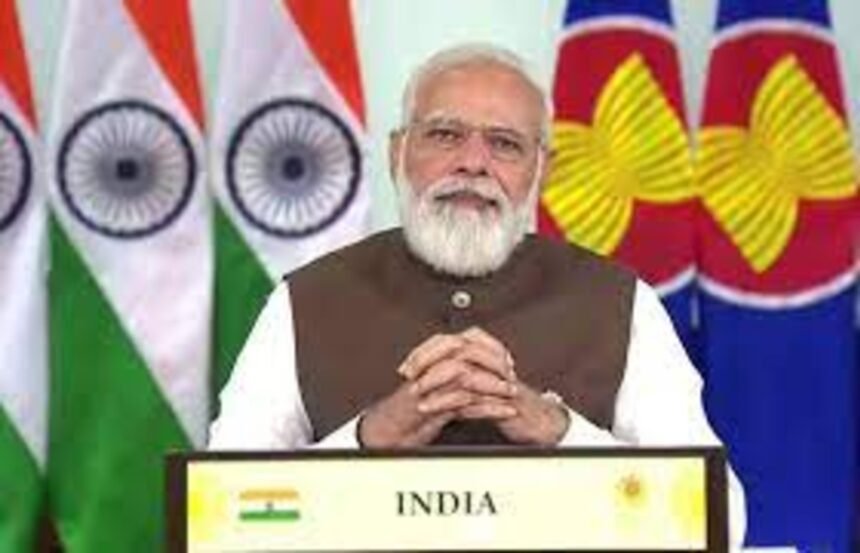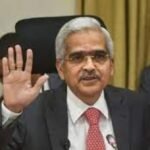Introduction
Prime Minister Narendra Modi is set to attend the 20th ASEAN-India Summit in Indonesia, where discussions about India’s significant trade deficit with the ASEAN bloc will take centre stage. This visit comes just days before India hosts the G20 Summit, highlighting the importance of addressing trade imbalances with its Southeast Asian neighbours.

The ASEAN bloc comprises ten nations, including Brunei, Myanmar, Cambodia, Indonesia, Laos, Malaysia, Philippines, Singapore, Thailand, and Vietnam. India’s trade deficit with these countries reached a staggering $43.57 billion in FY23, prompting the need for a review of the ASEAN-India Trade in Goods Agreement (AITIGA), which was originally signed in 2009.
Vinay Kumar, Deputy Secretary at the Union Commerce Ministry, emphasized India’s eagerness to hold at least one meeting to review the trade pact by year-end, with quarterly negotiations potentially following suit. Key focus areas for these discussions will likely include rules of origin, dispute settlement mechanisms, and chapters on safeguards.
Rules of origin, in particular, are expected to be a crucial point of debate, given concerns about Chinese goods being routed through some ASEAN countries. Tightening these rules is seen as essential to address such concerns and level the playing field for Indian industries.
Digitization of trade procedures and addressing non-tariff barriers, such as Sanitary and Phytosanitary (SPS) measures, will also be on the agenda. These measures are applied to protect human, animal, or plant life and can significantly impact trade.
Driving factors of the deficit
One of the driving factors behind India’s trade deficit with ASEAN countries is its increasing imports, primarily from Indonesia, Singapore, and Malaysia. Imports from these nations have surged in recent years, particularly in areas like mineral fuels, machinery, and vegetable fats and oils.
Several factors contribute to this trade imbalance, including multinational companies establishing bases in ASEAN countries under the ‘China plus one policy’ and India’s import of intermediate products from these nations under the Production Linked Incentive (PLI) scheme. This scheme offers incentives for domestic production.
The 2009 trade pact between India and ASEAN countries includes various tariff commitments, with “special products” like palm oil, coffee, tea, and pepper enjoying preferential tariff rates. Whether these tariff lines will be revised remains to be seen.
Annex 2 of the trade pact, detailing rules of origin, may also undergo tightening, especially concerning products that are “not wholly produced or obtained,” “minimal operations and processes,” and “indirect materials.”
Conclusion
In conclusion, Prime Minister Modi’s visit to the ASEAN-India Summit in Indonesia signals India’s commitment to addressing its trade deficit with the ASEAN bloc. The discussions on trade pact revisions and various focus areas aim to create a more balanced and mutually beneficial trade relationship between India and its Southeast Asian partners.






